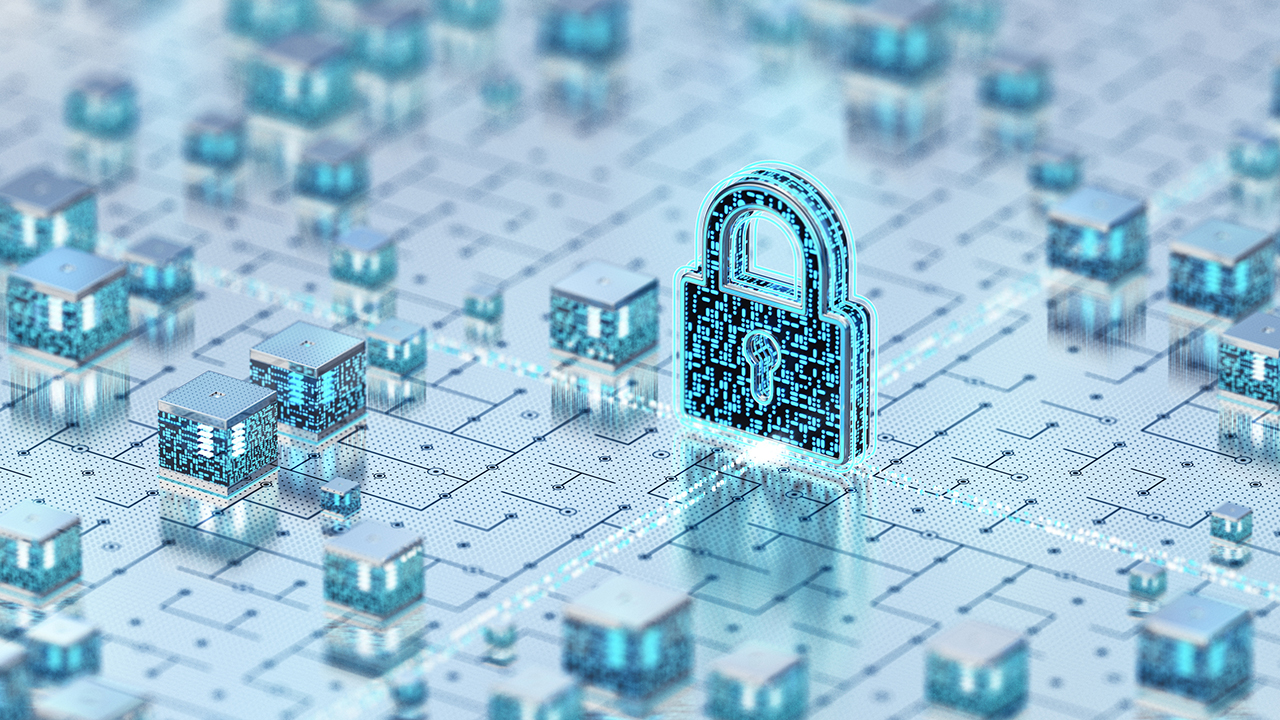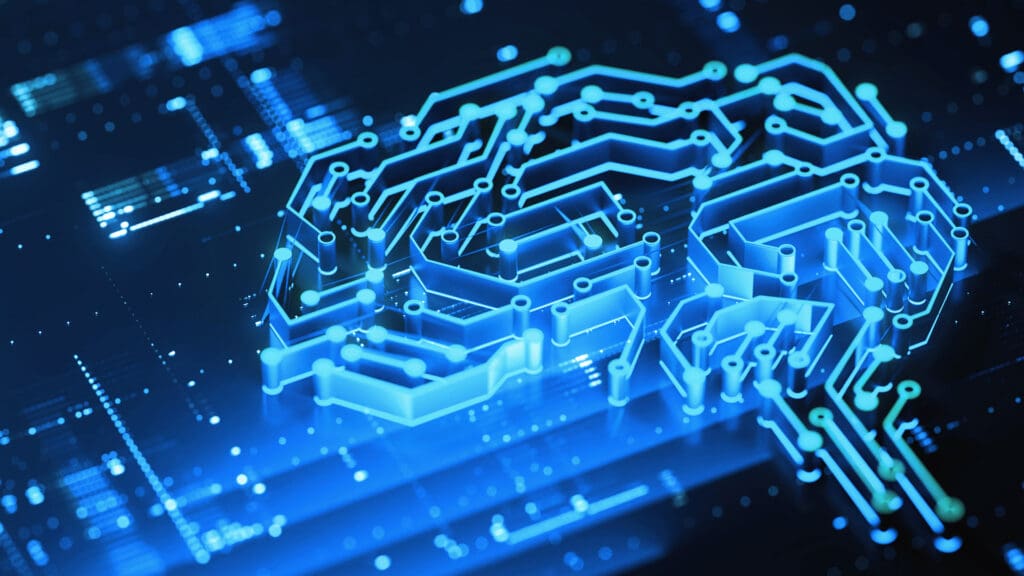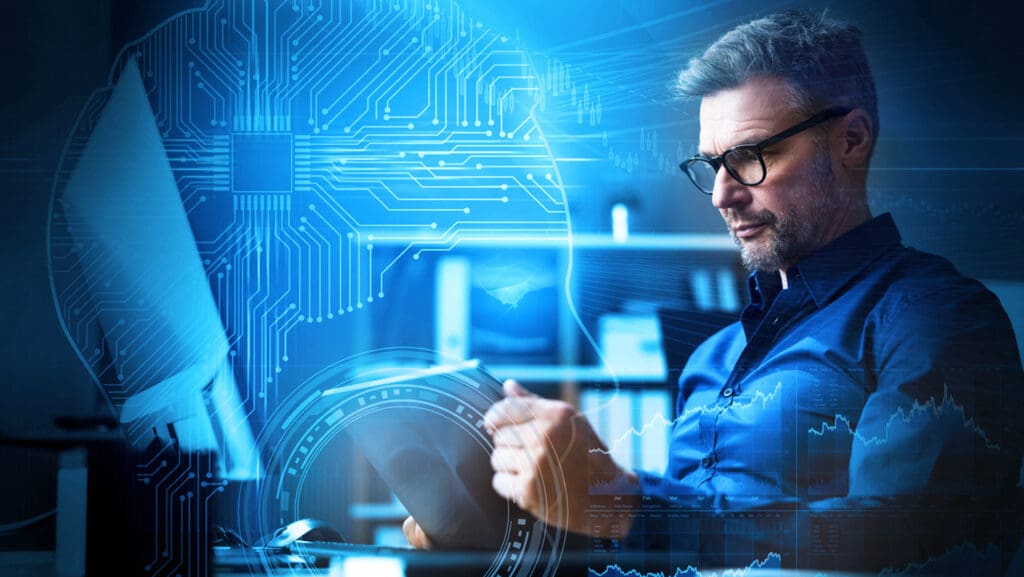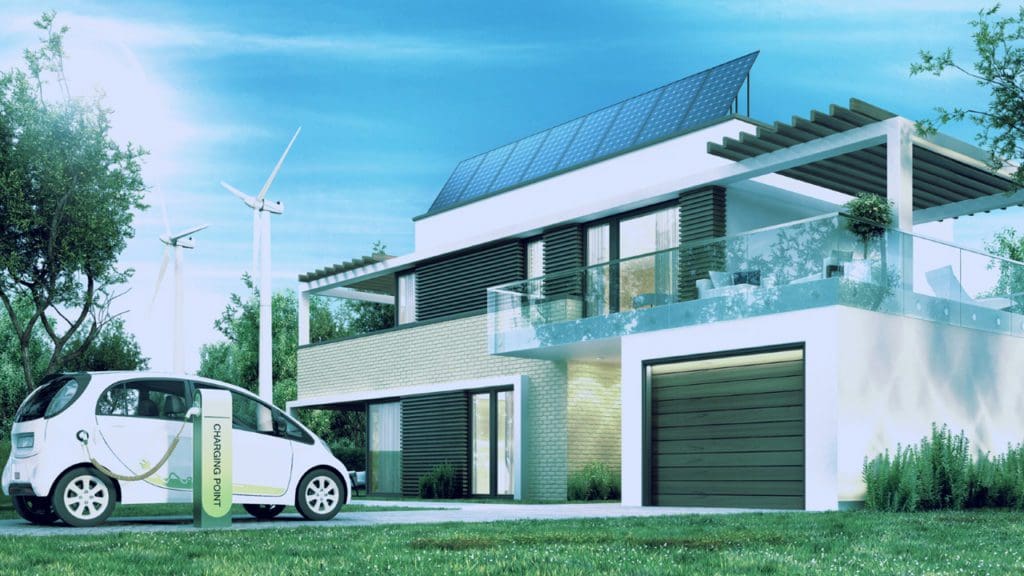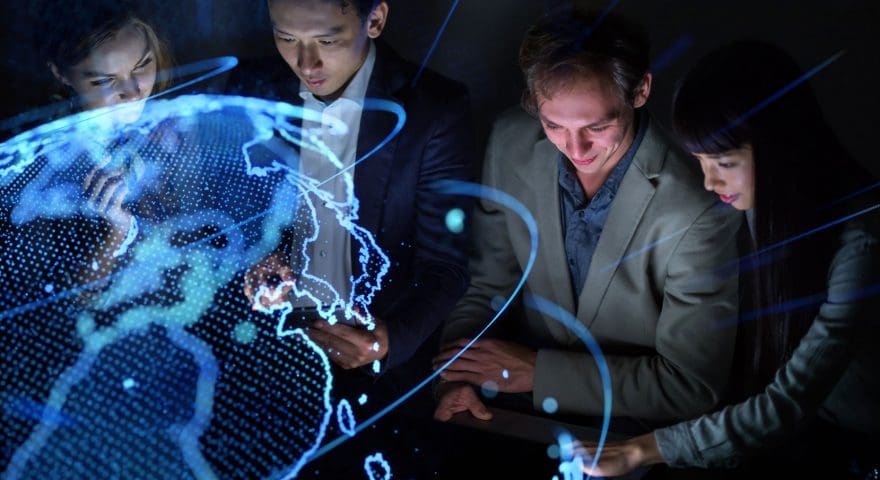As the world continues to shift towards renewable energy and decentralized power generation, the security of the electric grid becomes increasingly critical. Distributed energy resources (DERs) such as solar panels, wind turbines, and energy storage systems play a vital role in this transition. There is also a wave of new, complex technologies and facilities that are being interconnected to power grids like electric vehicles (with their associated chargers) and data centers that remotely interface with the grid in unique ways. While important to the global energy transition, these technologies could introduce new cybersecurity challenges and concerns when it comes to the grid.
In order to protect the electric grid from cybersecurity threats that could arise from the incorporation of DER technologies, it is critical that comprehensive cybersecurity protocols and standards are considered across the industry. To address these concerns, the IEEE SA Energy Practice continues to work on two key standards that focus on cybersecurity: IEEE 1547.3™-2023 and IEEE P2658™. These standards provide guidelines and recommendations for ensuring the security of DERs connected to the electric power system.
A large majority of DERs today have management systems that communicate with electric power systems and optimize grid dynamics through the public internet. This connection through the public internet leaves the interface between the grid and the DER vulnerable to cyber interference and attacks, which necessitates standards like IEEE 1547.3-2023. Developed by the IEEE SA Distributed Generation, Energy Storage and Interoperability Standards Committee, this standard provides guidelines for the cybersecurity of DERs and their interconnection with electric power systems.
For example, the standard outlines that safeguards should be implemented to secure the communication channel between DERs and the grid. By ensuring that communications are secure, the data exchanged between DERs and the grid is protected. In addition, IEEE 1547.3-2023 outlines other key areas for industry practitioners to consider, including authentication and access control settings, encryption of sensitive information, and incident response plans for cyberattacks. These standards are necessary to safeguard the electric grid and prepare operators for how to combat cybersecurity issues, should they arise. These guidelines could help avoid a variety of issues, including power outages and disruptions, physical damage to the grid, and major health and safety concerns if the grid were to power down.
In conjunction with IEEE 1547.3-2023, draft standard IEEE P2658 takes the protocols outlined by IEEE 1547.3 and provides in-depth, step-by-step guidance on how to test those protocols to ensure that they are operating properly. In other words, it provides test guidance for the cybersecurity controls used in electric power systems, encompassing testing and verification of cybersecurity services, applications, and controls, including end-to-end testing throughout their lifecycles.
Thus, while it is important to implement cybersecurity protocols and measures in key areas of interconnection between DERs and the grid, it is also equally important to ensure that these systems are working properly and that there is a standardized method for testing and evaluating their function.
As the global transition to a more sustainable and decentralized power system continues, the demand for renewable energy sources, electric vehicles, and energy-demanding data centers that interconnect with the grid is expected to grow. This growth could open up the electric grid to greater cybersecurity threats. Fortunately, standards like IEEE 1547.3-2023 and IEEE P2658 can help DER owners and operators to significantly enhance the security of their systems and reduce the risk of cybersecurity threats. This not only protects individual DERs but also contributes to the overall resilience and security of the electric grid. With the deployment of DERs growing, it is imperative to prioritize cybersecurity to ensure a reliable and secure energy future.
Get Engaged With IEEE SA
To get involved or learn more about the work IEEE SA is doing with the electric grid, DERs, cybersecurity and more, visit the IEEE SA Energy Practice page.


